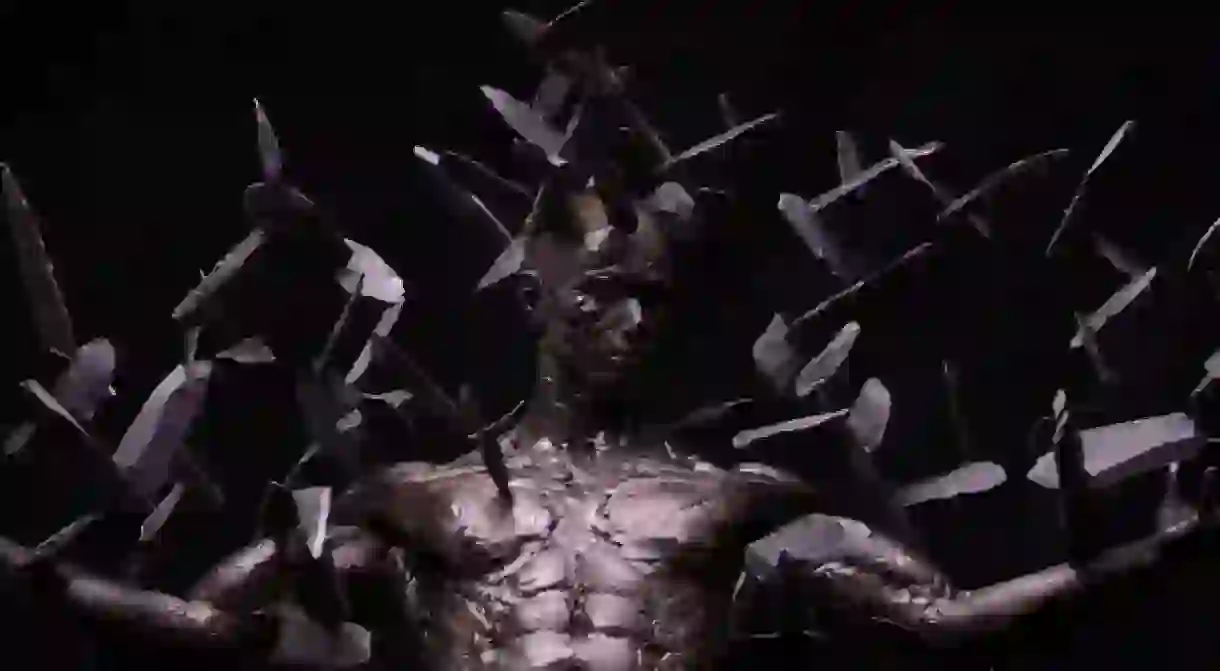Sculptor S. Trzebinski Takes Cape Town By Storm

ORTUS, Latin for ‘the origins’ or ‘origins of wind’, is the title of the upcoming solo exhibition by Stanislaw Trzebinski. The show will open November 2nd 2016 and run at Jan Royce Gallery, Cape Town until January 7th 2017. The young sculptor from Mombasa, Kenya has been working on his second solo exhibition for over a year and will present an impressive body of work, consisting of 22 bronzes, of which 18 are brand new to the public eye.
The rapid success of his work lies not only in his artistic talent and exquisite craft, but overwhelmingly so in the powerful message that his work conveys. The central theme of his work is the human connection – or rather disconnection – to a vanishing natural world. He heightens our sense for aesthetics, innate love for proportion, color and the beauty of the natural world. On a deeper level, he touches our sense of belonging and ultimately asks the viewer the eternal question: ‘Where are we from, where will we go?’

The love and passion for the wilderness of the East African Coast, the world he explored as a child and adolescent, is tangible in all of his sculptures. His diverse and rich cultural heritage, being both African and European, enables him to effortlessly transcend geopolitical limitations. His work cannot be placed in a purely African nor European context, but challenges the idea of post-futurism.
Trzebinski uses no work drawings or sketches; he commences his journey from a smooth, even surface, maybe an adagio of sculpting until the allegro leaves but nothing of the initial model. Raw clay shapes, organic forms, and emotional rather than thoughtful sculpting by temperamental hands will take the work to its final crescendo and offers a view beneath the surface – a confrontation with the human evolution from a once harmonious co-existence with nature to complete isolation.
During the last two years, the artist focused on figurative work, combining perfectly sculpted anatomical detail, exposed muscular structures with elements of coral, shale or rock. Ortus seems to be a logical continuation of Trzebinski’s artistic journey where he descends deeper, explores the origin of matter, and begins to transcend form, embracing abstraction.

The artist compresses his philosophy and artistic ambition in a short statement:
‘My ambition for this body of work is that it will one day be displayed submerged in water. This has been a vision of mine for some time now, to take the sculpture out of the gallery space and place it in an environment that accepts it for what it is, giving significance in the context in which the viewer sees the art. Historically, mythological figures were once used to make sense of the nature in a way that personified it. I hope that I am doing the reverse in a way, by ‘naturefying’ the human form in sculpture, and that my work can spark fires of interest and curiosity so that people realize, acknowledge and appreciate man’s mystical connection to nature that has been lost in all but a handful of cultures today.’
Particularly after this statement it becomes quite obvious that he would only enjoy a short stint at the Pratt Institute, Brooklyn. He studied sculpture in New York from 2011 to 2012 but the artist found it too hard to swap the jungles of Africa for this metropolis.
Stanislaw Trzebinski returned to the African continent and has called the beautiful city of Cape Town home since 2012. He undertook an apprenticeship in bronze sculpting and casting at the Bronze Age Foundry in Woodstock, Cape Town until he established his private studio in Woodstock in 2016.













